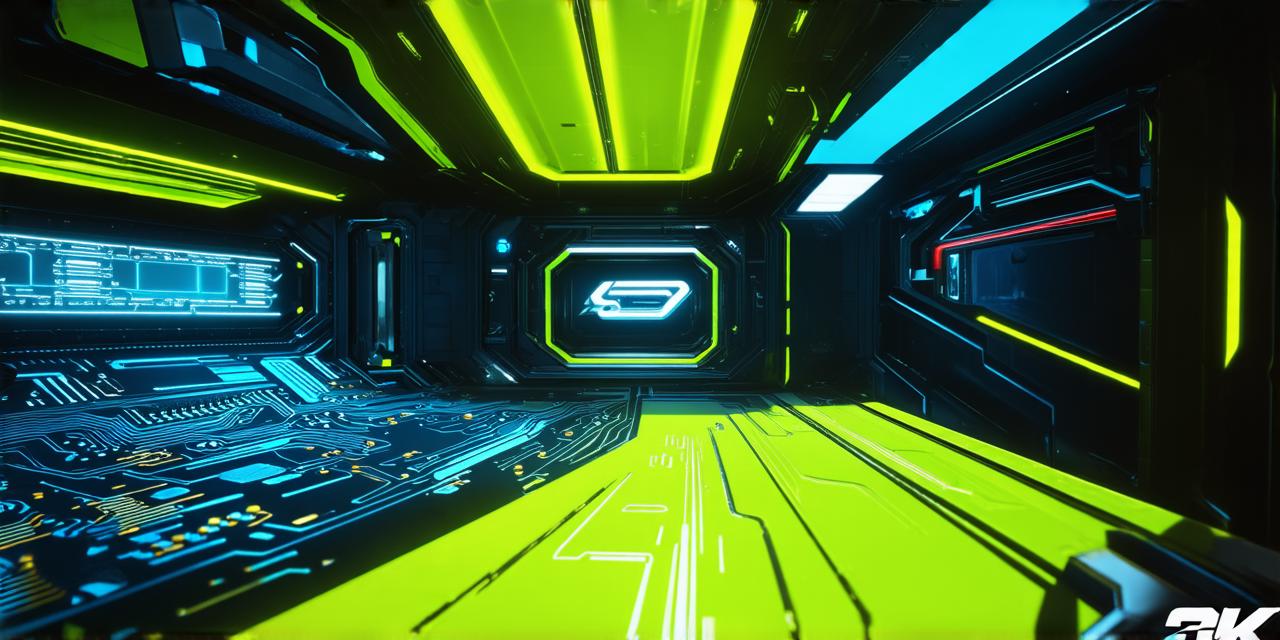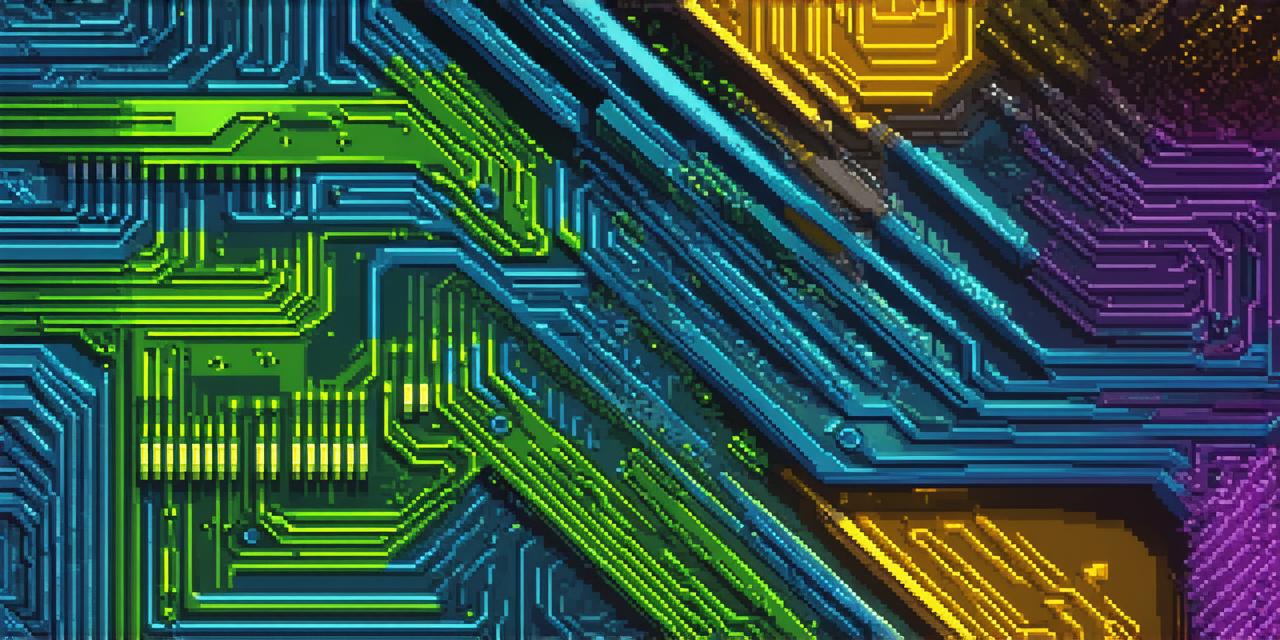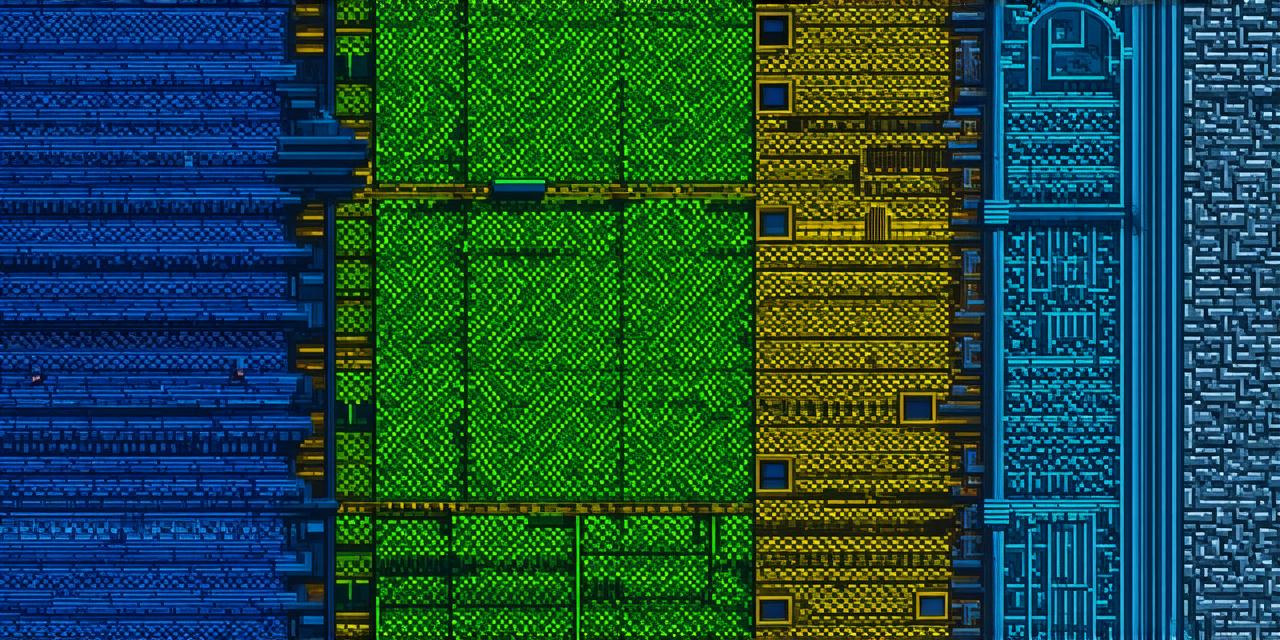Game development is an incredibly rewarding and challenging field, requiring creativity, technical expertise, and a deep understanding of player behavior.
In this phase of game development, you’ll be moving from the initial brainstorming and conceptualization stage to a more focused, organized approach. This will involve creating detailed plans, prototypes, and playtesting your game design.
In this article, we’ll explore the key stages of Stage 3: Phase 1 of Game Development, including defining your target audience, developing your game’s mechanics and systems, designing your characters and environments, and testing and refining your game. We’ll also touch on some best practices for optimizing your game development process to ensure that you’re able to deliver a high-quality product within your budget and timeline constraints.
Defining Your Target Audience
Before you start designing any aspect of your game, it’s crucial to have a clear understanding of who your target audience is. This will help you tailor your game to their interests, preferences, and needs, and ensure that it resonates with them on an emotional level. To do this, you can conduct market research or use surveys and focus groups to gather information about your potential players’ demographics, psychographics, and gaming habits.
Developing Your Game’s Mechanics and Systems
Once you have a clear understanding of your target audience, it’s time to start thinking about the mechanics and systems that will drive your game. This includes everything from the rules of your game to the user interface, control schemes, and artificial intelligence (AI) behaviors. In this stage, you’ll want to create detailed flowcharts, diagrams, and documentation that outlines how your game’s various components work together.
Designing Your Characters and Environments
As your game’s mechanics and systems take shape, it’s time to start thinking about the visual elements of your game. This includes designing your characters, environments, and other assets that will bring your game world to life. In this stage, you’ll want to work closely with your team of artists, writers, and designers to create a cohesive vision for your game’s aesthetic.
Testing and Refining Your Game
As you develop your game’s mechanics, systems, characters, and environments, it’s important to test and refine your game as much as possible. This includes playtesting your game with real players to get feedback on its balance, pacing, and overall fun factor. You may also want to conduct usability testing to ensure that your game’s controls and interface are intuitive and easy to use.
Testing and Refining Your Game
In this stage, you’ll want to be open to making changes based on player feedback. This might involve tweaking the rules of your game, adjusting the difficulty level, or even redesigning certain aspects of your game world. The goal is to create a final product that is polished, fun, and engaging for your target audience.





